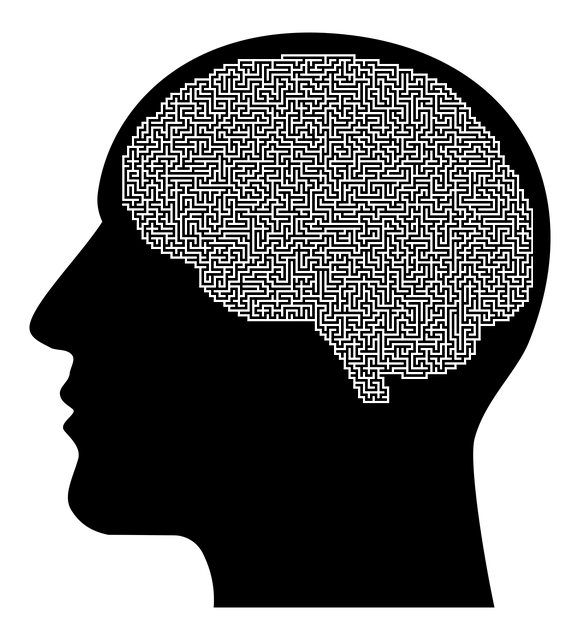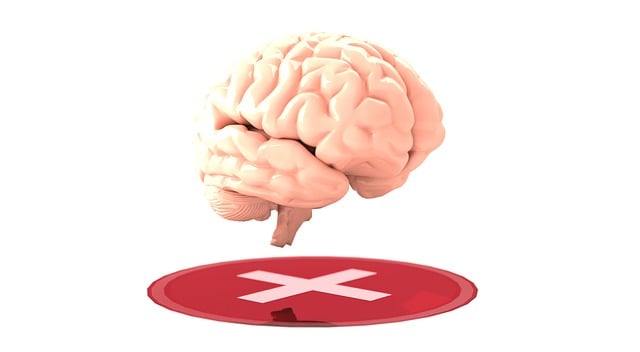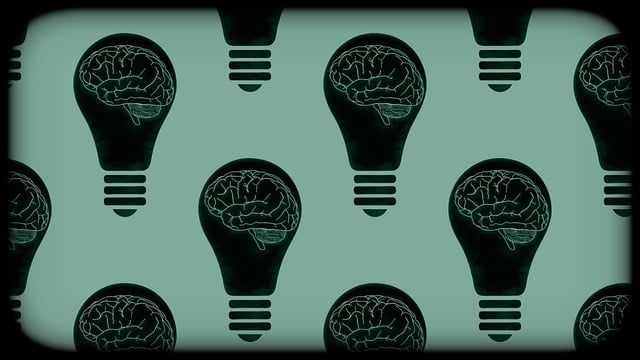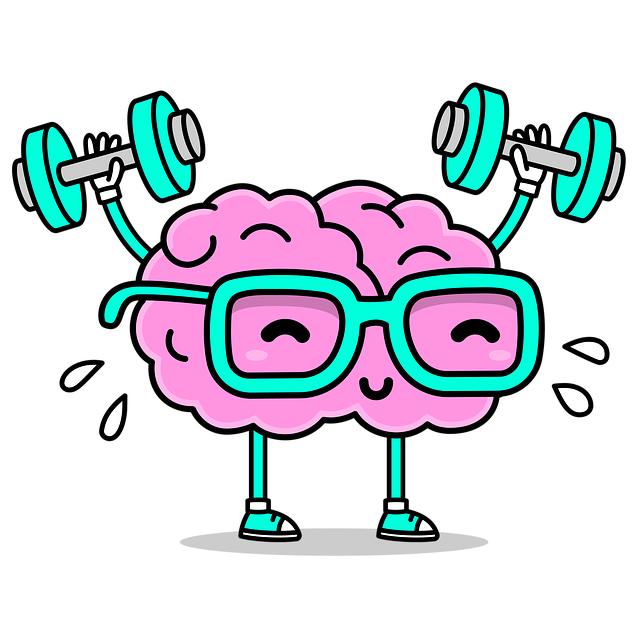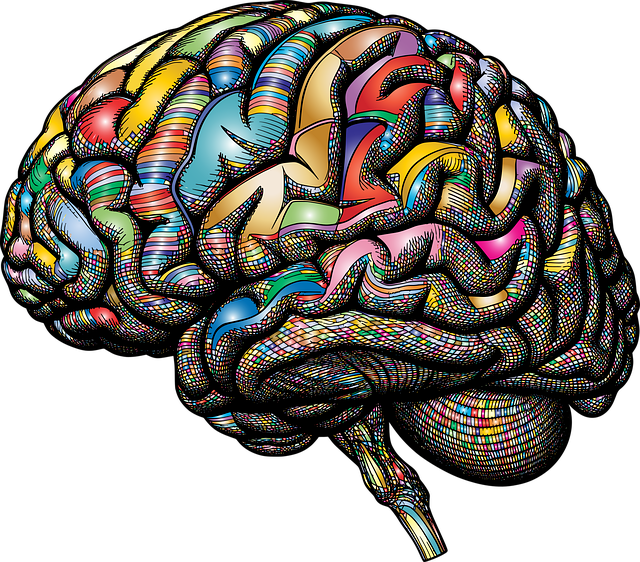In adolescent therapy for Attention-Deficit/Hyperactivity Disorder (ADD-ADHD), risk assessment is crucial for creating a safe, effective environment. This involves analyzing psychological states, past trauma, coping mechanisms, and emotional vulnerabilities. A holistic approach with empathy and tailored strategies fosters support, enhances mental health awareness, and empowers teens to manage symptoms effectively, reducing anxiety. Community outreach, crisis intervention guidance, and evidence-based therapies like CBT and mindfulness practices integrate to minimize harm. Regular assessment and tailored therapy sessions, including journaling exercises, promote positive thinking and open communication, optimizing Therapy for Adolescent Teens with ADD-ADHD.
Risk assessment and harm minimization planning are essential components of providing effective therapy for adolescent teens with Attention Deficit Hyperactivity Disorder (ADD/ADHD). This comprehensive guide delves into understanding risk assessment in adolescent therapy, identifying potential harms and consequences specific to teens with ADD/ADHD, and developing robust minimization plans. We explore implementation strategies and the importance of continuous review to ensure safe and supportive environments for these young individuals.
- Understanding Risk Assessment in Adolescent Therapy
- Identifying Harms and Potential Consequences for Teens with ADD/ADHD
- Developing a Comprehensive Minimization Plan
- Implementation and Continuous Review for Effective Support
Understanding Risk Assessment in Adolescent Therapy

In the realm of adolescent therapy, risk assessment is a crucial step in ensuring safe and effective treatment for teens grappling with issues like Attention-Deficit/Hyperactivity Disorder (ADD-ADHD). It involves meticulously evaluating potential hazards within the therapeutic environment and developing strategies to mitigate these risks. This process requires a nuanced understanding of both the client’s psychological state and the dynamics of the therapy setting, fostering a tailored approach that prioritizes the teen’s well-being.
A comprehensive risk assessment in adolescent therapy goes beyond identifying mere dangers. It encompasses exploring factors such as past trauma, current coping mechanisms, and emotional vulnerabilities. By integrating empathy building strategies, therapists can create a supportive atmosphere, enhancing mental health awareness and empowering teens to manage their ADD-ADHD symptoms effectively while offering anxiety relief. This holistic approach not only minimizes potential harm but also paves the way for positive therapeutic outcomes.
Identifying Harms and Potential Consequences for Teens with ADD/ADHD

Identifying potential harms and consequences is a critical step in risk assessment for teens with Attention-Deficit/Hyperactivity Disorder (ADHD) or ADD. These young individuals often face unique challenges that can lead to adverse outcomes if not addressed properly. Beyond the core symptoms, ADHD can contribute to a range of issues such as academic difficulties, social problems, and even mental health concerns like anxiety and depression. Recognizing these potential harms is essential for healthcare providers to develop effective harm minimization strategies.
Therapy plays a pivotal role in mitigating risks for adolescent teens with ADD/ADHD. It offers a safe space to explore and understand their experiences, fostering self-awareness and confidence-boosting techniques. Mind over matter principles, when integrated into therapy sessions, can empower teens to manage their symptoms and navigate daily challenges more effectively. Additionally, healthcare providers should implement burnout prevention strategies, considering the demanding nature of managing ADHD. This holistic approach ensures that teens receive comprehensive support tailored to their needs, promoting better outcomes and a brighter future.
Developing a Comprehensive Minimization Plan

Developing a comprehensive harm minimization plan for adolescent teens with ADD-ADHD involves integrating various therapeutic approaches and support systems. One key strategy is implementing a robust Community Outreach Program that connects teens to peer groups, educational resources, and mental health professionals. This community-based approach fosters a supportive environment, enhances social skills, and promotes better mood management – all crucial elements in mitigating potential risks.
Additionally, incorporating Crisis Intervention Guidance into the plan is vital. Training caregivers and educators on recognizing and responding to crises can prevent escalations. Techniques such as cognitive behavioral therapy (CBT) and mindfulness practices empower teens with coping mechanisms for managing stress, anxiety, and impulsive behaviors. A well-rounded minimization plan should thus seamlessly blend community support, educational interventions, and evidence-based therapies like CBT, ensuring a holistic approach to adolescent mental health.
Implementation and Continuous Review for Effective Support

Effective harm minimization planning for adolescent teens with ADD-ADHD requires ongoing implementation and continuous review. This dynamic process ensures that support strategies remain relevant and beneficial as the young individuals grow and their needs evolve. Regular assessment allows therapists to tailor therapy sessions, incorporating techniques like Mental Wellness Journaling Exercise Guidance to foster positive thinking and apply Mind Over Matter principles in daily life.
Through constant evaluation, professionals can identify what works best for each teen, making adjustments to the treatment plan accordingly. This proactive approach promotes a supportive environment that encourages open communication, allowing adolescents to actively participate in managing their symptoms and enhancing their mental wellness.
Risk assessment and harm minimization planning are essential components of providing effective therapy for adolescent teens with ADD/ADHD. By understanding the unique risks associated with this population, identifying potential consequences, and developing comprehensive minimization strategies, therapists can ensure a safe and supportive environment. Continuous review and implementation of these plans are crucial to adapt to evolving needs, fostering positive outcomes for young individuals navigating their therapeutic journey. This structured approach empowers professionals to offer specialized care, enhancing the success of therapy for adolescent teens with ADD/ADHD.
